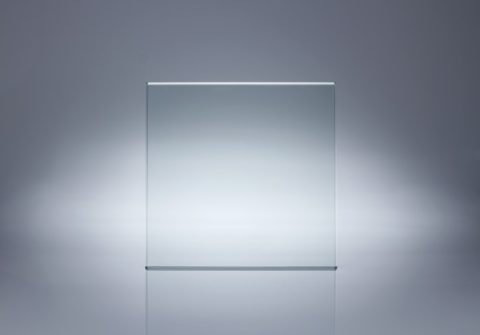
Anti-glare vs anti-reflective – What is the difference?
At Diamond Coatings, we produce and supply high-performance anti-reflective coatings, and we’re here to set the record straight.

Before going into the history of AR coatings, allow us to begin by looking at what exactly an anti reflective coating is…
As the name suggests, anti reflective (AR) coatings are optical coatings applied to the surfaces of optical elements, lenses, etc. to reduce reflection. Improving the efficiency of typical imaging systems (reduced reflections means reduced loss of light), AR coatings also improve complex systems’ (microscopes, telescopes, etc.) contrast of images by eliminating stray light, which is particularly important for planetary astronomy.
Elimination of reflection is itself the primary benefit for many applications, including, for instance, coatings to reduce the glint from telescopic sights or the binoculars of covert viewers, and coatings on the lenses of eyeglasses.
Consisting of thin transparent film structures, many AR coatings have layers of alternating contrasting refractive indexes. The thickness of layers is selected to generate destructive interference within beams reflected from interfaces, as well as constructive interference within corresponding transmitted beams. Making the structure’s performance alter with incident angles and wavelengths, this frequently causes colour effects to appear at oblique angles.
Although it is necessary to specify wavelength ranges when designing/ordering anti reflective coatings, good performances can frequently be achieved for comparatively wide frequency ranges. Choices offered usually include IR (infra-red), visible and UV (ultra-violet). The question is, where did it all begin?
The first, and simplest, type of AR coating was discovered in 1886 by British Physicist and Nobel Prize Winner (physics, 1904) John William Strutt, 3rd Baron Rayleigh (Lord Rayleigh). Upon testing some old, tarnished glass pieces (chemical reactions between the environment and the optical glass of his time tended to cause surface tarnishing on glass as it aged), Lord Raleigh found that – to his surprise – these tarnished pieces transmitted more light than clean, new pieces.
The surface tarnish replaced the interface between air and glass with two new, air-tarnish and tarnish-glass interfaces. Due to the tarnish having a refractive index between glass and air, these two interfaces each exhibited less reflection than a clean air-glass interface. The total of these two interfaces’ reflections is, in fact, less than the reflection of a ‘naked’ interface between air and glass, which can be calculated via the Fresnel Equations.
In 1904, a chemical method of producing AR coatings was developed by British inventor/optical designer Harold Dennis Taylor (Cooke Company), followed by the invention and development of:
Development of AR coatings continued over the coming decades and in 2002, Diamond Coatings established its first ITO and AR Coating manufacturing plant in the Midlands, UK. Operations were expanded to Arizona, USA in 2016 and today, Diamond Coatings is a leading supplier of AR & ITO coatings to world-wide industries including:
Of particular benefit is the large size of the parts that Diamond Coatings can apply AR coatings to. We can anti-reflect parts up to 1m x 1m, which is much larger than typical for the coating industry.
Continually developing new coatings – many of which are designed specifically to meet client-specific requirements – Diamond Coatings uses state-of-the-art technology to vacuum deposit these coatings onto virtually any flat or shaped substrate, including injection-moulded parts. Learn more/discuss your AR coating requirements today by contacting our helpful, innovative team of experts now.

At Diamond Coatings, we produce and supply high-performance anti-reflective coatings, and we’re here to set the record straight.

At Diamond Coatings, we are pioneers in this transformative technology, crafting anti-reflective (AR) coatings that revolutionise how we see and interact with glass.

At the heart of Diamond Coatings’ product range and offerings are cutting-edge solutions that redefine the potential of glass

At the heart of modern touch-sensitive screens lies a technology as transparent as it is powerful: capacitive coatings.
If you are interested in any of our products or services, please use the contact form or give us a call, we will be happy to discuss how we may be able to help you.